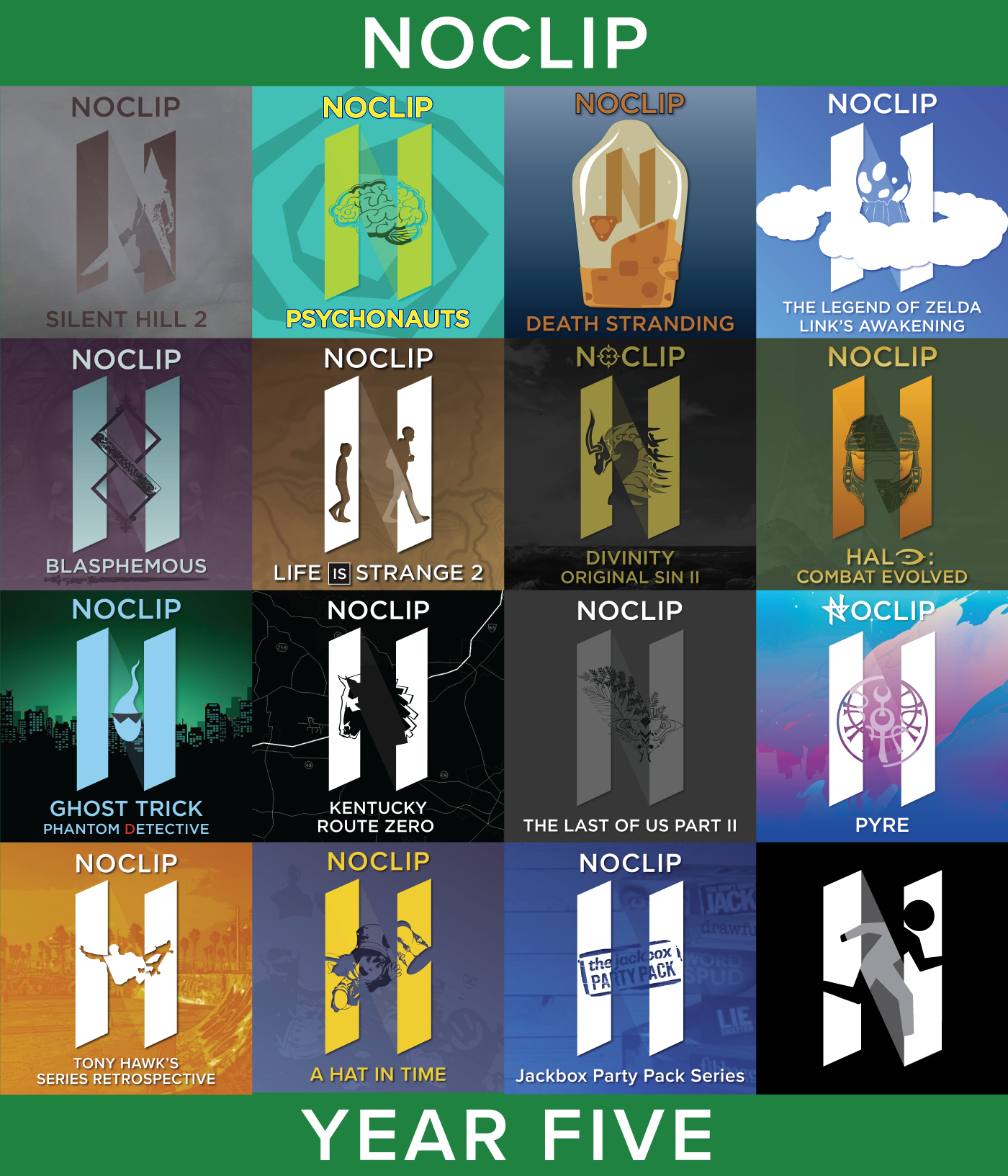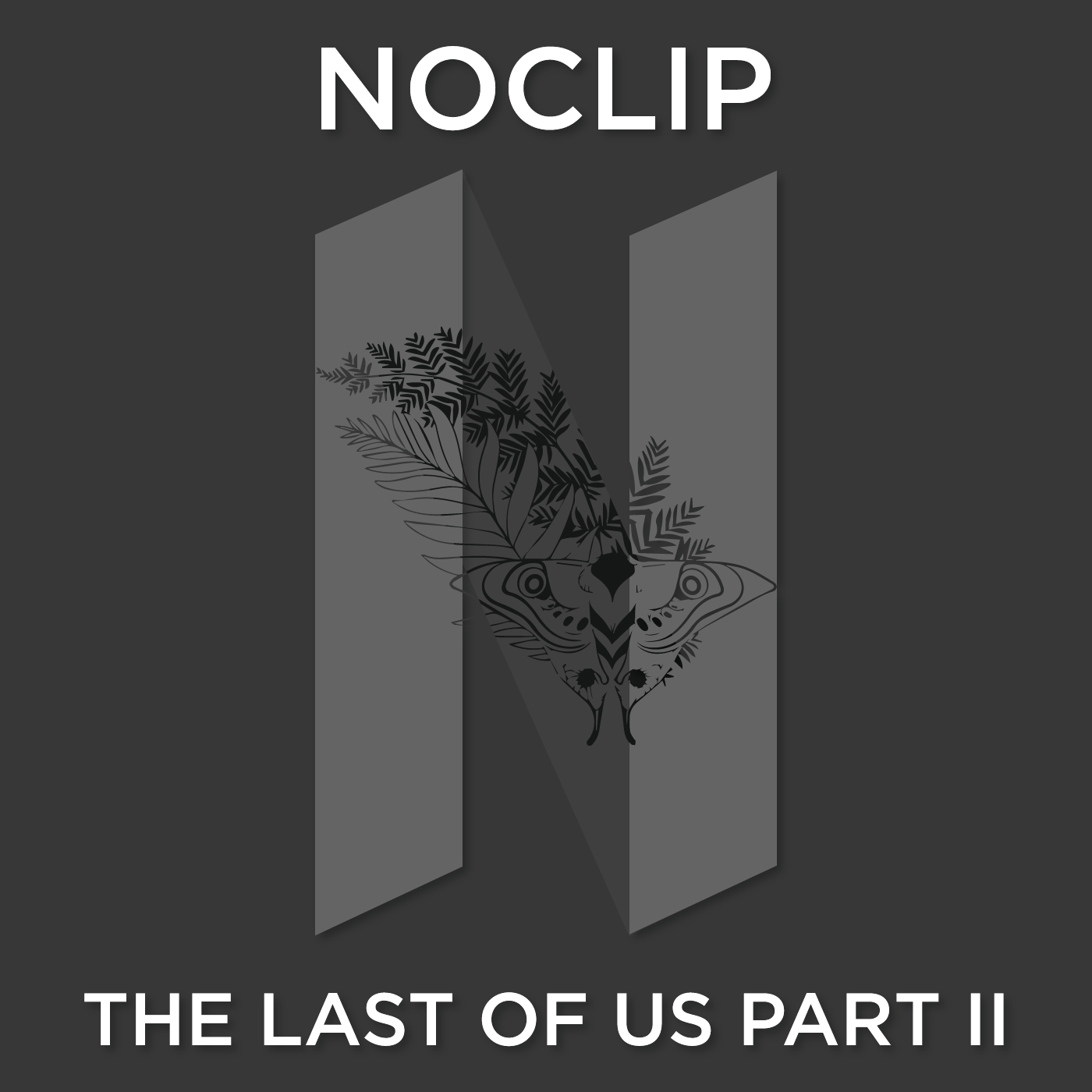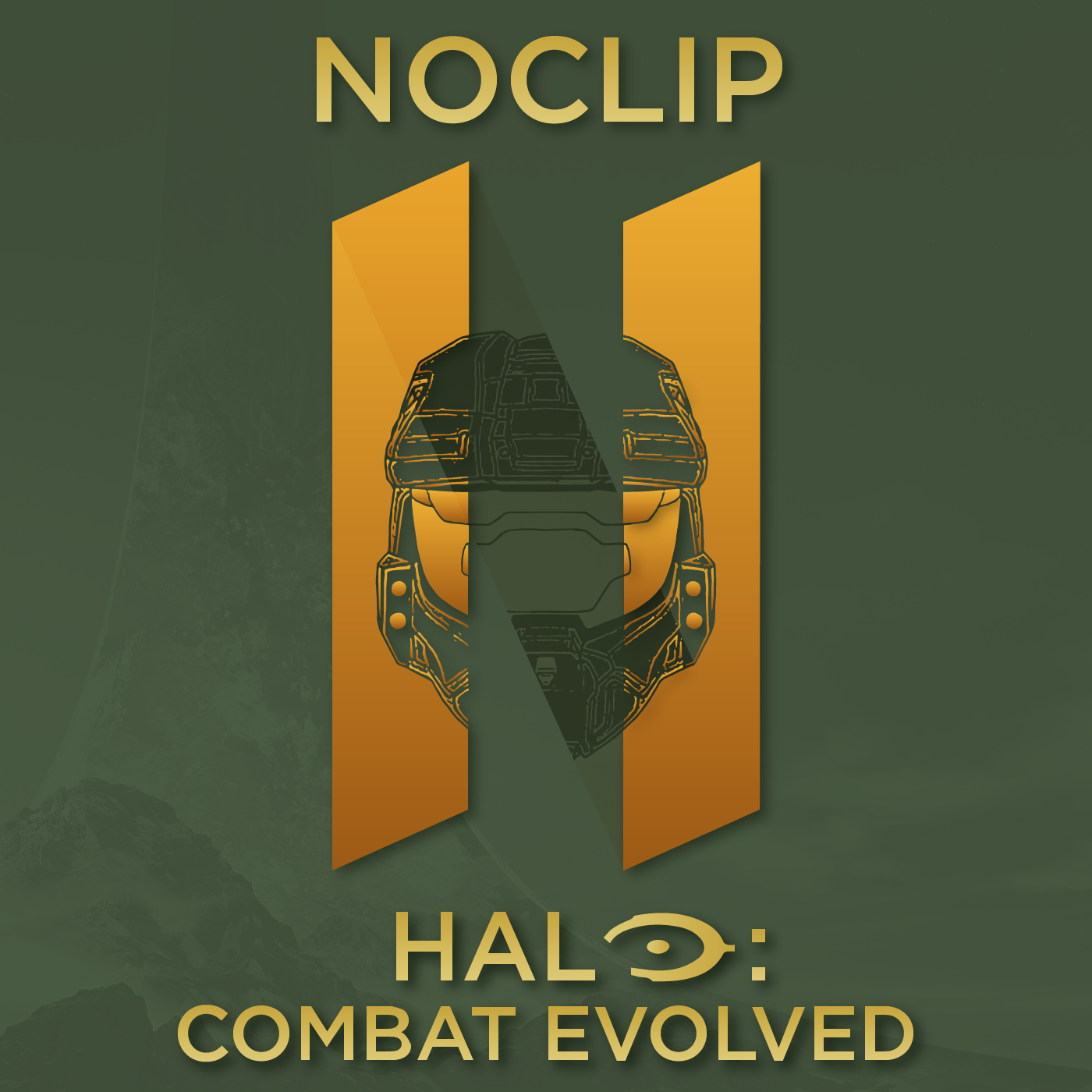You took that cursed podcast? Please drop by the factory ASAP.
Welcome back to NOCLIP Pocket! We’re cleaning up everything we needed to do before episode 100, and that means it’s time to play Minit, which was initially supposed to be a fun thematic companion piece to go along with A Hat in Time, but ended up stumbling into October a bit. Either way, this is an adventure game that you play in one minute chunks. You spawn in a fixed location, do as much as you can do in sixty seconds and then die, respawning in the same place unless you found another place to spawn. This does produce a bit of an illusion of depth, as things seem more complicated when you can’t think about them for more than a few seconds at a time, but the game’s overall design is actually really impressive and the illusion is about as good as the real thing. Trying to make the most of your time while traversing the map or solving a puzzle is an interesting challenge and makes each subsequent run feel like a practiced routine. When you’re working on something specific, you will know when something goes wrong and how to optimize your movement and that’s a play pattern that very rarely gets emphasized in the normal experience of playing a game. We’re going to be talking about clever level design to optimize for the consistent time limitation, the use of visuals and sound that call back to an even older era of games than indie games typically do, and, uh, economics?
Thank you for joining us this week! Next time we’re getting into the full swing of Halloween and talking about Man of Medan, the first entry in the “Dark Pictures” series from Supermassive, the developers of Until Dawn. That’s a ton of proper nouns all in a row, but the gist is that it’s a horror game in the modern dialogue-driven adventure game style with the twist that it’s designed to be played with multiple players. We will hopefully have that episode up soon-ish so we can squeeze at least one more horror game out of the month, so check back then to find out what that might be!





















